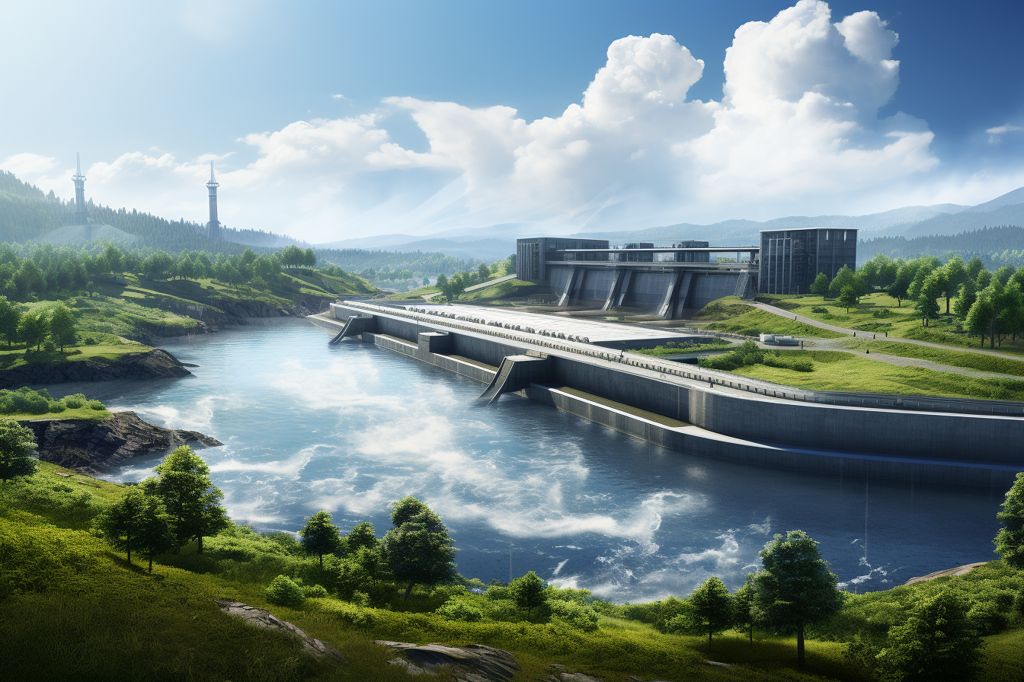The Department of Water and Sanitation (DWS) is pleased to announce a recent increase in dam levels for the Western Cape region of South Africa. This news comes as the area experienced significant rainfall, offering hope that nearby catchments will get a recharge.
Positive Signs for the Region
According to a hydrological report released on 21 August, the Western Cape State of Dams, which includes all dams in the province, showed a slight increase, currently standing at 91.38% compared to 91.12% the previous week. The majority of river catchments, including the Olifants-Doorn and Gouritz River Catchments, maintained a steady and healthy water yield, with some dams exceeding 90% levels.
Individual Dam Levels
Looking at individual dams, the Theewaterskloof Dam is at 100.43%, Clanwilliam Dam is at 99.72%, Brandvlei Dam is at 77.43%, Berg River Dam is at 100.38%, and Wolwedans Dam is at 99.72%.
DWS Efforts to Ensure Water Security
Ms. Ntombizanele Bila-Mupariwa, DWS Western Cape Provincial Head, expressed satisfaction with the rate at which the dams are replenishing. However, she reminded water users that South Africa remains a water-stressed country and urged residents to use water sparingly and be mindful of their consumption. To ensure water security, DWS is working closely with other spheres of government and water agencies to monitor the hydrological outlook in the Western Cape Province and make necessary adjustments to safeguard this precious resource.
A Reminder to Conserve Water
South Africa’s water situation is a pressing concern due to the country’s arid climate and ongoing population growth. This recent increase in dam levels offers hope, particularly for the Western Cape, which has faced severe water shortages in recent years, resulting in strict water restrictions for residents and businesses. While this rise in dam levels may ease some of the pressure on the region’s water supply, it also underscores the importance of ongoing water conservation efforts. Responsible water usage and innovative solutions are crucial to ensuring the long-term sustainability of the country’s water resources.
This promising rise in Western Cape dam levels is an encouraging sign for the region’s water supply, but it also serves as a reminder of the importance of continued vigilance and responsible water consumption practices. South Africa’s water situation remains a delicate balance, and every effort must be made to preserve and protect this essential resource for the benefit of all citizens.








